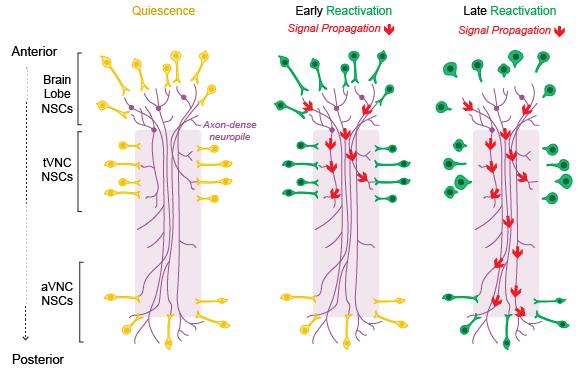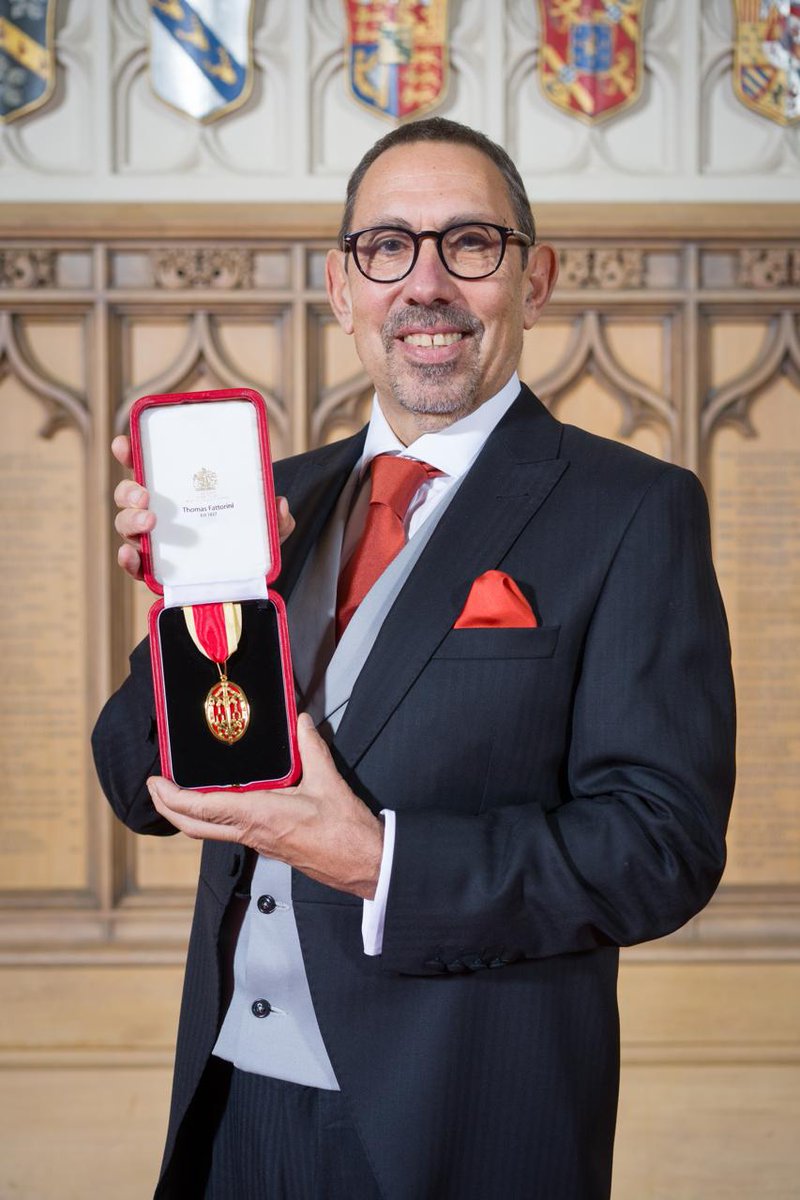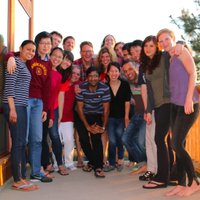
Brunet Lab
@brunetlab
Aging lab @Stanford - Epigenomics and metabolism in #aging; Brain aging and rejuvenation; Neural stem cells; C. elegans; African #killifish
ID: 123922509
https://web.stanford.edu/group/brunet/ 17-03-2010 17:01:09
2,2K Tweet
10,10K Followers
4,4K Following
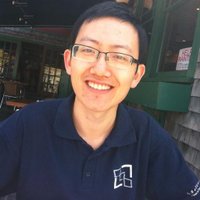
What if 1 million scRNA-seq libraries can be prepared within $1k? Here we go 👉 21 million cells from 623 mouse tissues, spanning 5 life stages & 3 genotypes, all in a SINGLE study by ONE remarkable student Zehao Zehao Zhang from our lab Rockefeller University! shorturl.at/epsz7
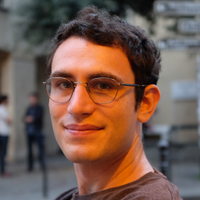
In collaboration with Reuben Saunders, Jonathan Weissman's Lab, and Xiaowei Zhuang, we are very excited to release Perturb-Multi: a platform for pooled multimodal genetic screens in intact mammalian tissue. Check it out! biorxiv.org/content/10.110…
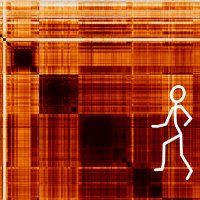
In collaboration with William Allen and Xiaowei Zhuang, we have developed Perturb-multi: biorxiv.org/content/10.110…
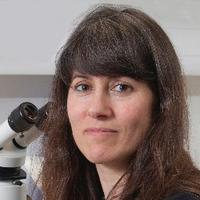

Organs age at different rates. This was discovered in genetically identical animals through research by the Tony Wyss-Coray Lab. Ongoing human studies build on these findings, revealing how organ-specific aging links to diseases like dementia and heart failure. washingtonpost.com/wellness/2024/…

Finally out in Science Magazine! Utilizing the cost-effective EasySci to profile 21 million single-cell transcriptomes across five life stages and diverse sexes/genotypes, we reveal aging as distinct, development-like transitions, with dramatic cell population changes in specific
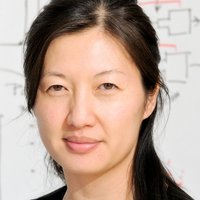
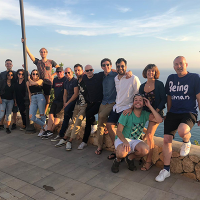
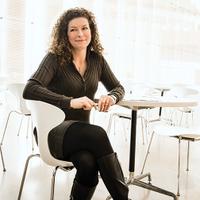

New publication from our team suggesting a new framework for understanding #synapse #development and diversity in the mammalian #brain in Nature Neuroscience nature.com/articles/s4159… European Research Council (ERC) Fondation pour la Recherche Médicale CIRB_CdF Join us where the sky is blue for more infos !
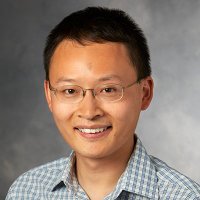


Thank you Stanford University Stanford Knight Initiative for Brain Resilience for highlighting our brain aging paper w/ Brunet Lab! nature.com/articles/s4158… brainresilience.stanford.edu/news/blight-or…

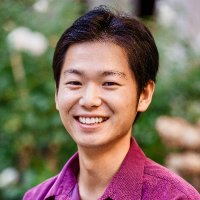
I am excited to present our new study out in Nature Medicine where we discover a novel synaptic protein biomarker to predict if and when someone will get Alzheimer’s disease dementia. Part 2/3 from my PhD work in the Tony Wyss-Coray lab. 🧵1/12 Full study 🔗: nature.com/articles/s4159…

Excited to share our first anti-aging intervention study, led by brilliant Zehao Zehao Zhang, Alex Alex Epstein, and Chloe Chloe Schaefer from our lab at Rockefeller University! With a cost-effective spatiotemporal analysis pipeline, we identified the aging-associated cell


I’m very excited to be joining MIT Biological Engineering MIT Dept of BE as an Assistant Professor and the Ragon Institute Ragon Institute as a member in January 2026! I will be recruiting students and postdocs (see more info below).


Congratulations to Eric Sun for starting as an assistant prof at MIT MIT Dept of BE! He is a superstar in #AI for bio and aging🚀 Check out his group! Very fortunate to co-advise Eric w/ Brunet Lab over the last 5 years at Stanford!
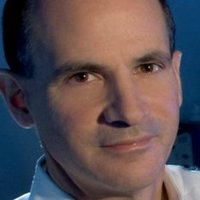
Happy to share our recent review as part of the Cell Stem Cell Hallmarks series, co-authored with friends/colleagues/collaborators, Anne Brunet (Brunet Lab) and Peggy Goodell (@Goodell_lab) Hallmarks of stem cell aging: Cell Stem Cell cell.com/cell-stem-cell…

I'm thrilled to share our new study out in Nature Medicine! We show that a blood test can estimate how aged or youthful one’s organs are and that these organ ages predict future disease and lifespan. Final paper from my PhD in the Tony Wyss-Coray lab. 🧵1/12 🔗 nature.com/articles/s4159…
